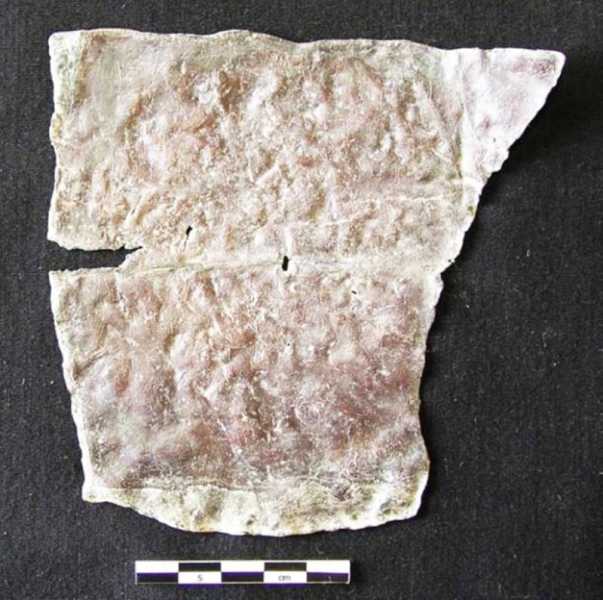These 30 “curse tablets” created for the dead illustrate the lengths to which the Athenians were willing to go to place a curse on their enemies.

Jutta Stroschek/German Archaeological InstituteGreek curse tablet in the shape of a liver, found in Kerameika, where at least 30 such curses have been found.
According to ancient texts discovered in Cyprus in the 1930s, curses varied depending on whether the target was alive or dead. To place a curse on a living enemy, one would place one's curse tablet in the grave of a fresh corpse that had died prematurely or under unfortunate circumstances. Such corpses included unmarried people, war victims, or children.
It was believed that this corpse, unable to complete a “full life cycle,” could carry the curse from the world of the living to the underworld.
Similar hexes from the Classical period (480-323 BCE) have been found in tombs before, but rarely inside a well. So why were these tablets found in a well?
This may be due to a change in legislation in ancient Athens.
Demetrius of Phalerum, who governed the city from 317 to 307 BC, introduced a new law concerning the management of tombs, which specifically forbade residents from casting their curses into people's graves.
The Greeks considered hexes and spells to be part of the black arts, and this law was probably intended to discourage people from practicing them. Instead, the law only forced those who cast curses to be more inventive in order to ensure that their curse reached the underworld.
For the ancient Greeks, water was sacred and provided a direct connection to the underworld. But water was also believed to be guarded by nymphs who “could become very harmful if their water was mistreated,” according to Stroszek.
To appease these nymphs, the Greeks also made sacrifices by throwing their spells into the well, and this is probably why archaeologists have found so many other things along with the tablets.
Sourse: www.allthatsinteresting.com





